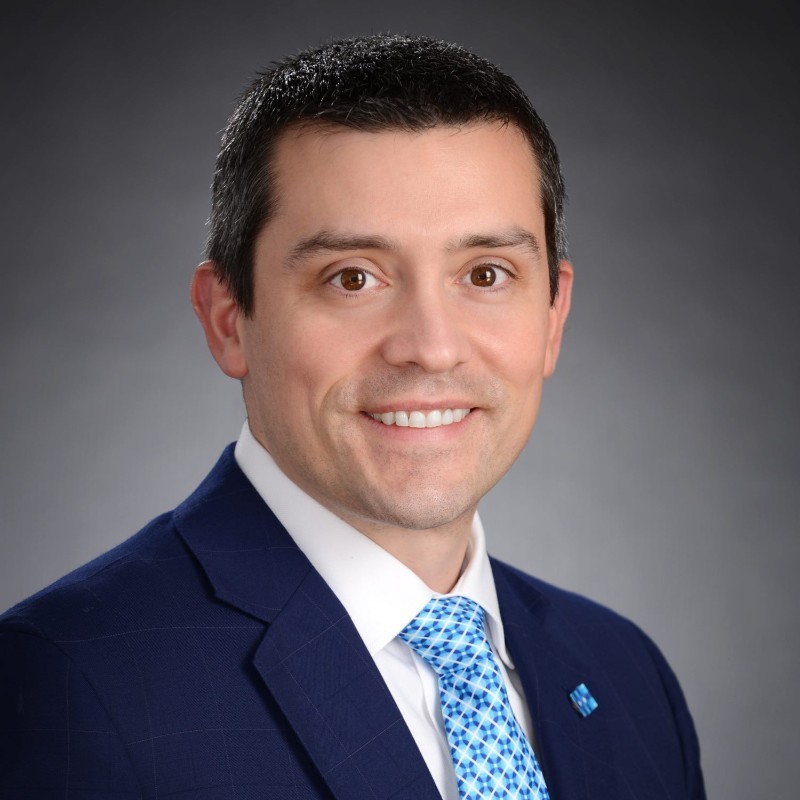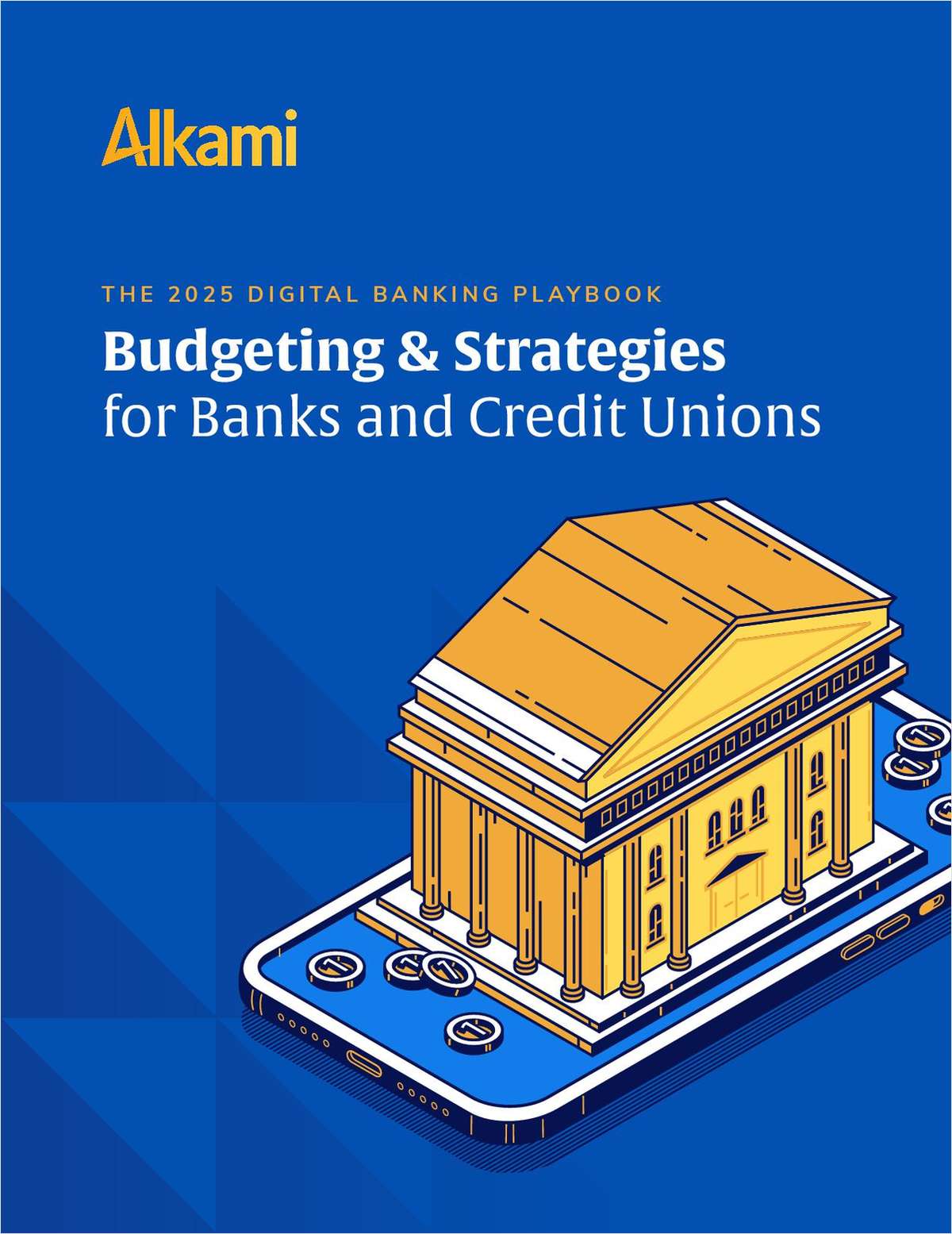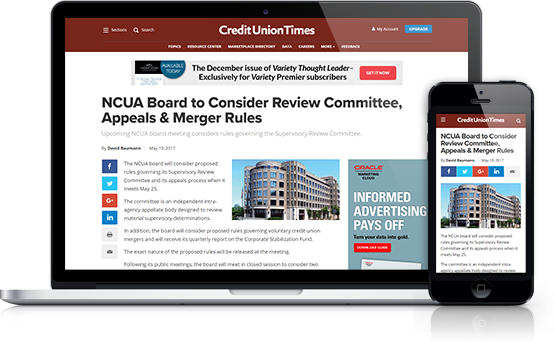oSometimes acquiring failed credit unions is a defensive strategy.
oRobust institutions don't just scout merger candidates, they receive calls pitching deals from struggling credit unions and the NCUA.
oIf it's apparent the target institution will end up as a purchase and assumption, a CU considers a strategic pass on merging and angles for a P&A instead.
NEW ORLEANS — Representatives from four credit unions that were involved in mergers or acquisitions shed some light on the closed-door and detailed process during a CUNA CFO Council session. And the moderated panel took questions from the audience that produced some provocative answers.
Norm West, Alaska USA FCU's chief financial officer, shared his experiences merging two troubled Southern California credit unions and negotiating a deal to acquire part of Arrowhead Credit Union, also in SoCal's hard hit Inland Empire.
“Mergers can be bloody, because they're so emotional and political,” West said. Nonetheless, Alaska USA is always on the lookout for merger partners, with employees who routinely identify candidates and suggest them to West.
However, the $4 billion credit union isn't just looking for a quick source of assets. West said Alaska USA was specifically looking in California for community charter institutions to support its robust in-house indirect lending program.
Fellow panelist Scott Waite, chief financial officer of the San Francisco-based Patelco Credit Union, said in his case, acquiring failed credit unions Cal State 9 and Sterlent was more of a defensive strategy than an offensive one.
“On one hand, you want to measure how the merger will benefit members, and that's offense,” he said. “But defensively, you have to ask yourself what happens if your competitor merges the credit union and gains a larger footprint in your market.”
In particular, Waite said the $3.7 billion Patelco took on both failed credit unions at once to avoid losing market share to the $7.8 billion The Golden 1 Credit Union, also in northern California.
West said competing against the Sacramento-based The Golden 1 also contributed to Alaska USA's decision to pursue opportunities in Southern California, although his Anchorage-based institution primarily competes with banks.
Large and robust institutions don't just scout merger candidates, they receive calls pitching the deals from struggling credit unions and the NCUA.
“Normally, NCUA will push a credit union to merge and will suggest specific names,” West said. “When I get that first call from a CEO, I usually turn around and call the NCUA and ask if they sent him, and if so, what are they looking for.”
Sometimes while performing due diligence on the ailing credit union, West said, if it's apparent the institution will end up as a purchase and assumption, his organization considers a strategic pass on merging and angles for a P&A instead, which is less expensive because all contracts, including employment, are repudiated by the NCUA upon conservatorship.
However, West said the longer a credit union operates in the red, the more it could cost the share insurance fund, so the regulator is motivated to resolve troubled credit unions as soon as possible. ?The NCUA must balance the public response to failures, however. West said NCUA representatives have told him the agency tries to seize only one credit union at a time in a particular market to avoid panic among members of the community.
Pressures to minimize risk to the share insurance fund also means NCUA often goes with the highest bidder in purchase and assumption deals, which means very little negotiation in the sealed bidding process.
“You either hit it or you don't,” Waite said.
West said NCUA regional offices present the board with loss and value numbers on the struggling credit union. The board approves that amount, and regions can't exceed it without further board approval. Negotiations sometimes occur to avoid involving the board a second time, West said.
Ashlee Micale, chief financial officer of the $1 billion Public Service Credit Union, said the NCUA told her Denver-based credit union that it was the smallest of four invited to bid on failed Noralco Credit Union. PCSU won the bid, but Micale said she was told all four bids were “pretty close” in value.
Despite the NCUA's legal contract repudiation abilities, Micale said PSCU is still involved in a lawsuit brought by owners of a call center building leased by Noralco that PSCU didn't need. Although PSCU, assisted by the NCUA, won the initial suit, the building owner has appealed the decision.
“I think they are trying to make an example of us, because they know more P&As are coming,” she said.
Waite said he's stuck paying IRS penalties for one of his merged credit unions, which didn't file the proper paperwork years before the acquisition.
Wilma Wells, chief financial officer at the $1.2 billion Genisys Credit Union, discussed her merger of equals when the $600 million USA Credit Union merged with the $600 million T&C FCU in 2008.
When asked if she thinks a true merger of equals can exist, Well said, “In one form or another, there will be a surviving charter, so you have to be very careful.”
For example, Wells said neither credit union was enthusiastic about asking members to vote on being merged. Though neither institution was under financial duress, one had experienced a data processing conversion that had a negative impact on member service. Further, that credit union would also have to convert to a third system during the merger. So, the credit union without conversion challenges handled the member ballots.
Wells said attracting merger partners and blending two merging cultures is usually more difficult than anticipated.
“You really have to nurture that relationship with the merging credit union, because if their employees or members don't like you, you won't get anywhere,” she said. Wells that added her Michigan-based institution has experienced several small credit unions abandoning merger proposals because “they didn't want to see big credit unions get bigger.”
Waite said Patelco's acquisition of Sterling Credit Union produced surprising resentment among members.Both credit unions had telephone company legacy sponsors, he explained, but Patelco had historically attracted white-collar employees, while the blue-collar workers joined Sterling.
“We lost 10% to 15% to attrition in the first six months, members who could have joined Patelco the whole time but never wanted to,” he said.
Complete your profile to continue reading and get FREE access to CUTimes.com, part of your ALM digital membership.
Your access to unlimited CUTimes.com content isn’t changing.
Once you are an ALM digital member, you’ll receive:
- Breaking credit union news and analysis, on-site and via our newsletters and custom alerts
- Weekly Shared Accounts podcast featuring exclusive interviews with industry leaders
- Educational webcasts, white papers, and ebooks from industry thought leaders
- Critical coverage of the commercial real estate and financial advisory markets on our other ALM sites, GlobeSt.com and ThinkAdvisor.com
Already have an account? Sign In Now
© 2025 ALM Global, LLC, All Rights Reserved. Request academic re-use from www.copyright.com. All other uses, submit a request to [email protected]. For more information visit Asset & Logo Licensing.









